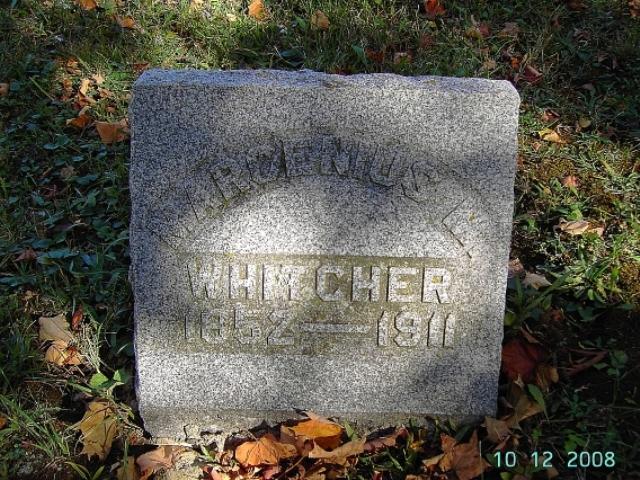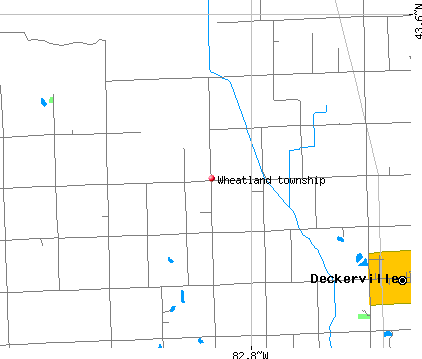
The continued use of "Dutch" instead of "German" was strengthened by the Pennsylvania Dutch in the 19th century as a way of distinguishing themselves from later (post 1830) waves of German immigrants to the United States, with the Pennsylvania Dutch referring to themselves as Deitsche and to Germans as Deitschlenner (literally "Germany-ers", compare Deutschland-er) whom they saw as a related but distinct group. Ultimately, the terms Deitsch, Dutch, Diets, and Deutsch are all cognates of the Proto-Germanic word *þiudiskaz meaning "popular" or "of the people".

There were also significant numbers of English, Welsh and Ulster Scots (also known as the Scotch-Irish in the colonies).Ĭontrary to popular belief, the word "Dutch" in "Pennsylvania Dutch" is not a mistranslation, but rather a corruption of the Pennsylvania German endonym Deitsch, which means "Pennsylvania Dutch / German" or "German".

They were joined by French Huguenots fleeing the religious persecution of Louis XIV. The ancestors of the Amish began to immigrate to colonial Pennsylvania in the early 18th century to take advantage of the religious freedom offered by William Penn, as well as the area's rich soil and mild climate. Lancaster County is a tourist destination with its Amish community a major attraction. Lancaster County comprises the Lancaster, Pennsylvania metropolitan statistical area. As of the 2020 census, the population was 552,984.

It is located in the south central part of Pennsylvania. Lancaster County ( / ˈ l æ ŋ k ɪ s t ər/ Pennsylvania Dutch: Lengeschder Kaundi), sometimes nicknamed the Garden Spot of America or Pennsylvania Dutch Country, is a county in the Commonwealth of Pennsylvania.


 0 kommentar(er)
0 kommentar(er)
